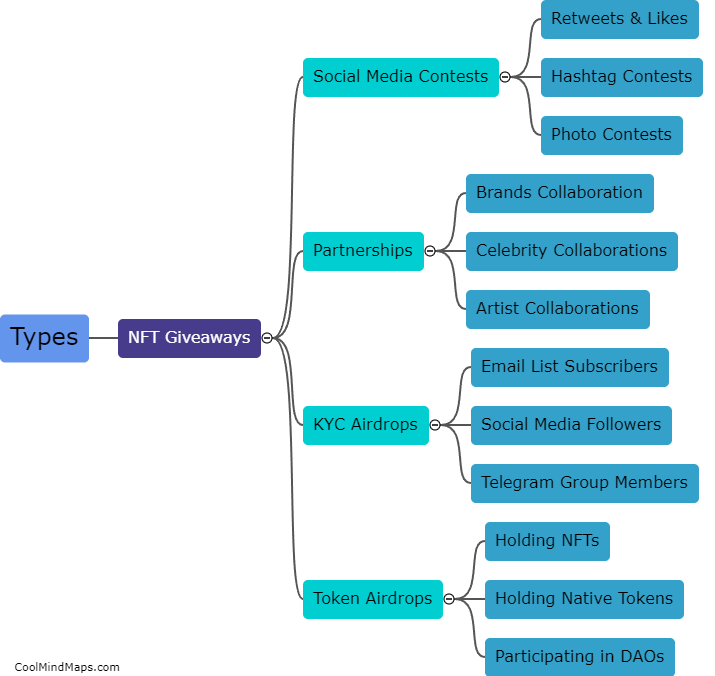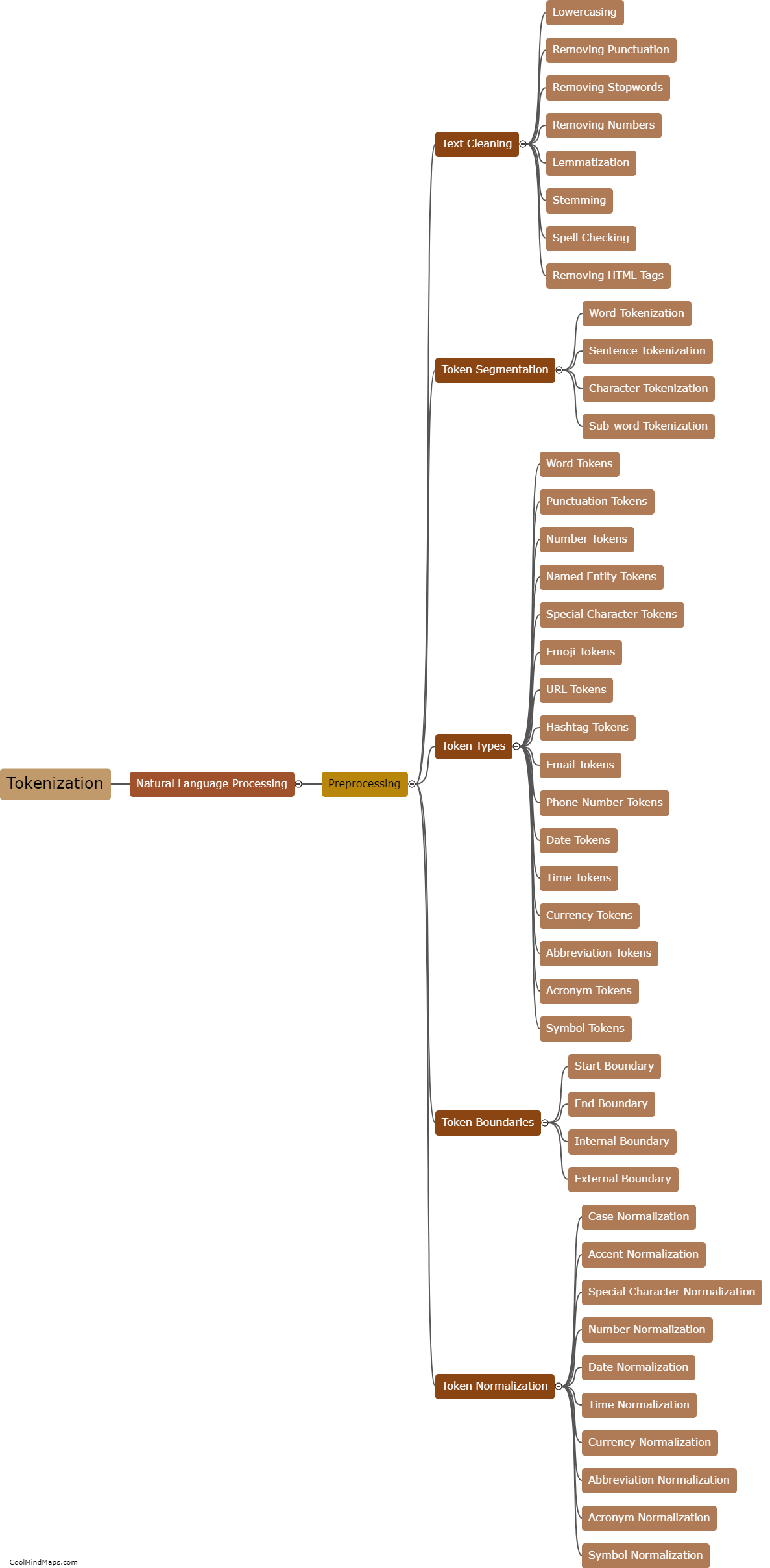What are the potential challenges in implementing detailed tokenization in PFP minting?
Implementing detailed tokenization in PFP (Profile Picture) minting can bring about several potential challenges. Firstly, ensuring interoperability across different platforms and wallets can be demanding as each may have its own specifications and requirements for token standards. Secondly, issues related to copyright and ownership might arise, as tokenizing PFPs could raise concerns about intellectual property rights and unauthorized use of images. Trust and authenticity are also crucial challenges, as the accurate verification and representation of the digital assets, while preventing fraud and duplication, must be established. Additionally, scalability is a concern due to the potential surge in demand and the need for efficient and cost-effective solutions to handle a large number of tokenized PFPs. Lastly, regulatory compliance and legal frameworks need to be established to govern these tokenized assets and ensure compliance with existing financial and data privacy regulations. Understanding and addressing these challenges is essential for successful implementation and widespread adoption of detailed tokenization in PFP minting.

This mind map was published on 13 August 2023 and has been viewed 97 times.











